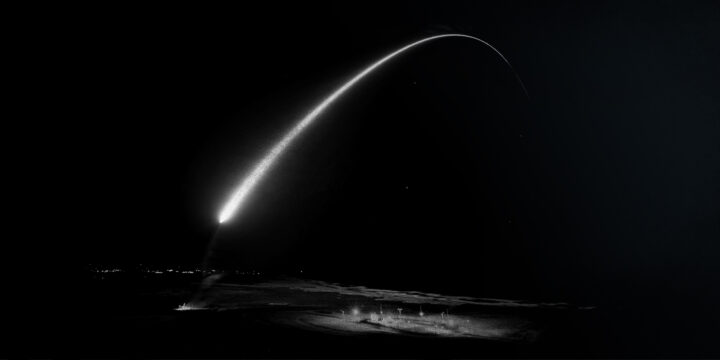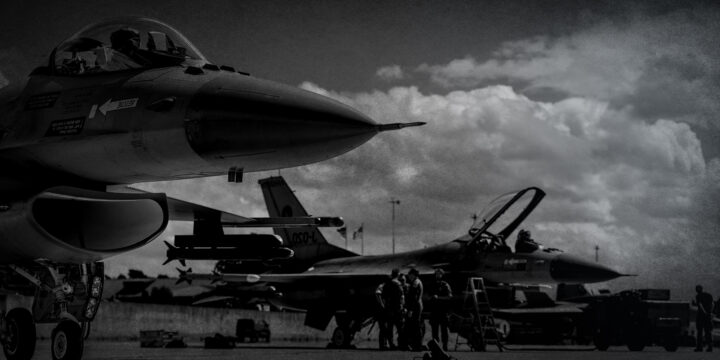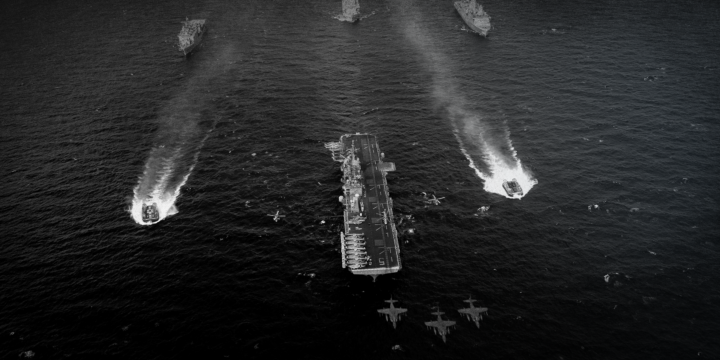July 11, 2023
Nato’s members still don’t see eye to eye on Ukraine
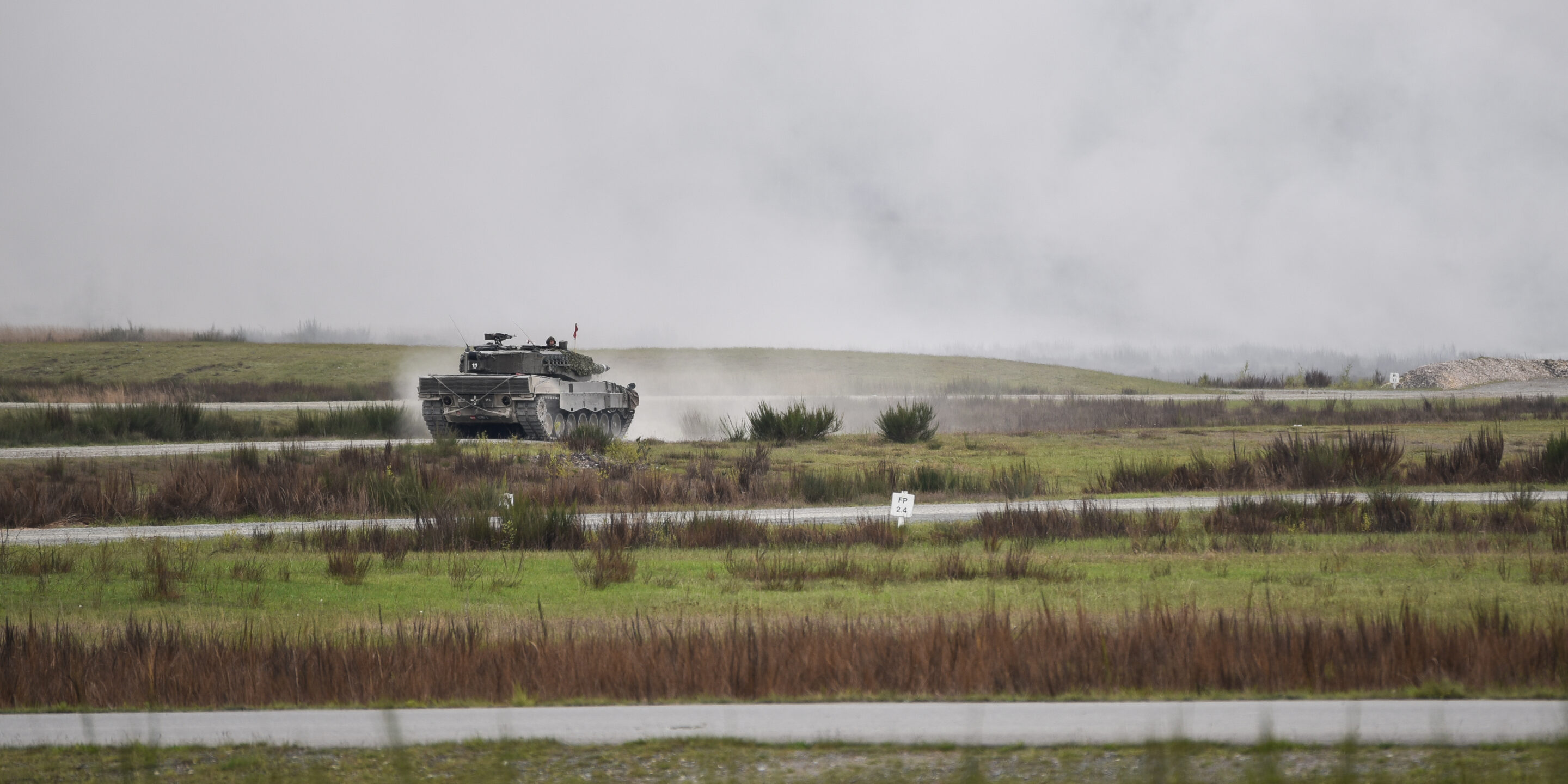
US President Joe Biden flew into Vilnius, Lithuania early on Tuesday with a big task ahead of him: to keep Nato as united as possible at a time when the alliance is fractured on a bunch of major issues. Foremost among them is when and how to provide Ukraine a path toward eventual membership.
In public, the two-day session will be full of group photos of smiling heads of state and warm words about the alliance’s resolve in the face of Russian aggression. But behind closed doors, where the actual business is done, difficult conversations will certainly be had. While Nato’s 31 member states (soon to be 32 when Sweden’s accession process is complete) have pledged to come to one another’s defence, the fact is that some of these countries are coming to the table with different positions.
As expected, the possibility of Ukrainian membership in Nato is getting most of the media attention and sucking up all of the oxygen in the room. In 2008, during a previous heads of state summit, Nato declared in writing that Ukraine, as well as Georgia, would become Nato members at some undefined date in the future.
The Ukrainians have been waiting for the last fifteen years for the alliance to make good on that written pledge. But the question of when to do so has been in a frequent thorn in the alliance’s side. Russia’s decision to launch a war in Ukraine last year means that Nato membership is simply not feasible for the Ukrainians as long as the fighting goes on: the alliance has a decades-long policy that aspiring members need to resolve their territorial disputes before their applications are given serious consideration.
More on Europe

By Jennifer Kavanagh and Dan Caldwell
July 9, 2025

By Dan Caldwell
July 6, 2025
Featuring Jennifer Kavanagh
July 3, 2025
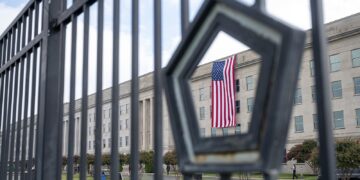
Featuring Jennifer Kavanagh
July 3, 2025
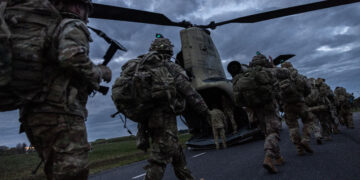
July 2, 2025
Events on NATO
